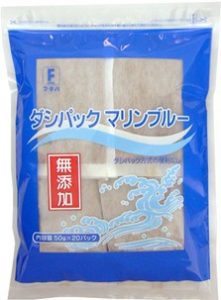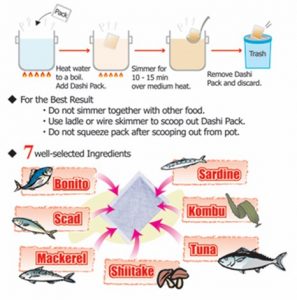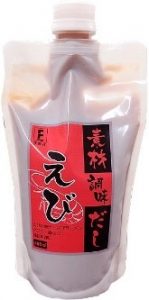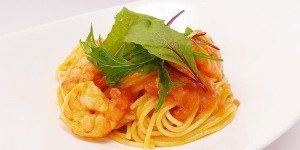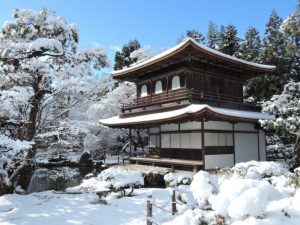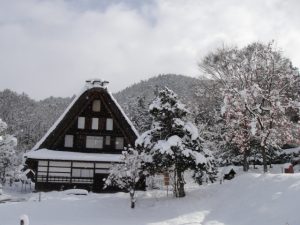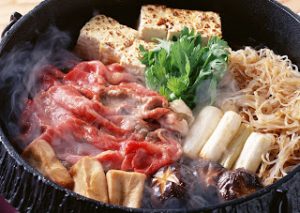Happy New Year!
I look forward to your continued good will in the coming year.
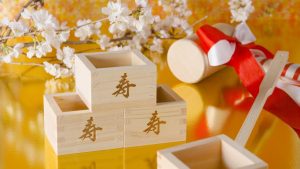
In Japanese, New Year is called “oshougatsu”, and the very first day of the year is called “gantan”. New Year’s Day is a very important day for the Japanese people.
There are many events and customs to celebrate New Year’s Day.
Some people climb up the mountain before dawn to see the first sunrise of the year.
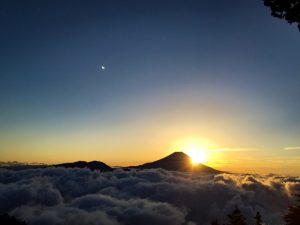
People decorate their houses with special decorations.
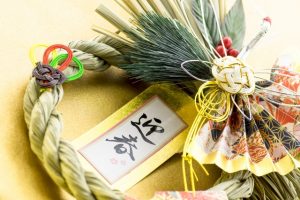
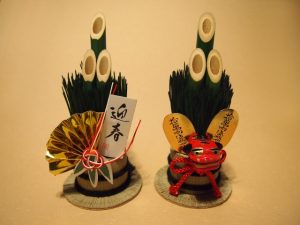
“Kadomatsu”, two groups of bamboo to place in front of the entrance; “shimenawa”, a sacred straw rope to protect the door; and “kagamimochi, round, piled up mochi (rice cakes) to appreciate and eat as a token of wellbeing.
Adults put money in a special envelope and give it to children.
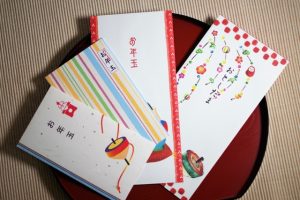
This is called “otoshidama” and many children look forward to it very much!
People send each other New Year’s cards called “nengajyo”.
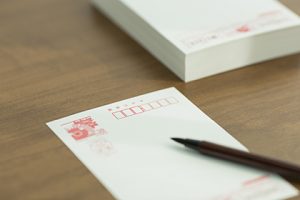
This is usually designed with symbols of good luck or the animal of the year out of the 12 animals in the Chinese astrological calendar. Families with young children often send New Year’s Cards with a family photo or a picture of their children.
Many people go to shrines to make wishes for the coming year.
This event is called “hatsumoude”.
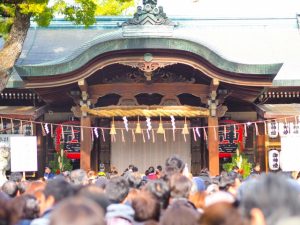
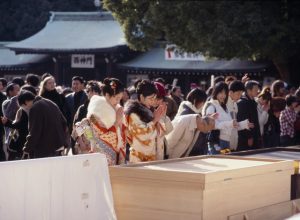
People buy charms or amulets called “omamori” to wish for wellbeing or success.The golden arrows named “hamaya” protect you from bad things.
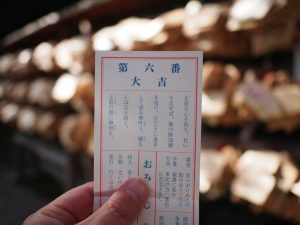
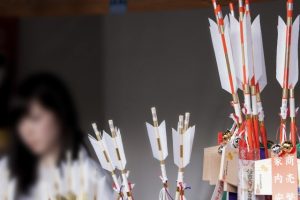
Usually, you must line up for a long cue to buy this one. Japanese people like to buy “omikuji” as well, which is a lottery that tells you your fortune for the year. “Daikichi” is the best, and “Daikyo” is the worst.
People buy or prepare tiered boxes filled with special food for the New Year – this is called “osechi”.
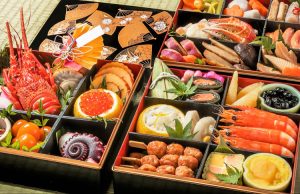
The food in the osechi each has a special meaning, mainly to wish for wellbeing. Together with the osechi, we drink special sake named “otoso” and eat “ozouni”, which is similar to miso soup but has mochi in it.
Thank you.





